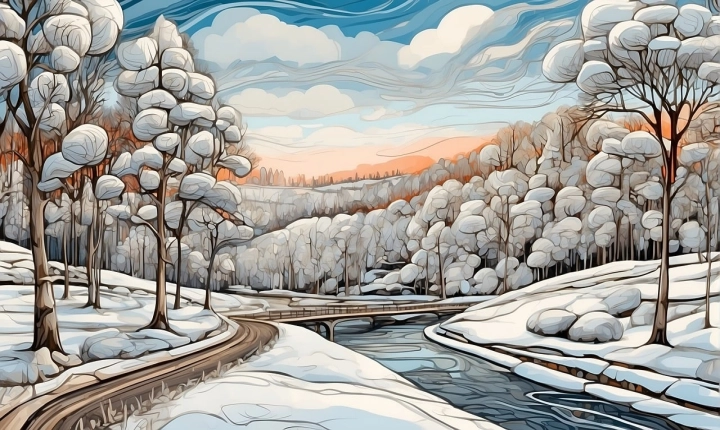Title: How to Create Your Own AI Art Generator
Artificial intelligence (AI) has come a long way in recent years, and one of the most exciting applications of AI is in the field of art. AI art generators are becoming increasingly popular, allowing artists and enthusiasts to create unique and intriguing artworks using machine learning algorithms. If you’re interested in creating your own AI art generator, this article will guide you through the basics of getting started.
Step 1: Understand the Basics of AI and Art Generation
Before diving into the technical aspects of creating an AI art generator, it’s important to have a basic understanding of how AI works and how it can be used for art generation. AI art generators typically use deep learning algorithms to analyze and generate images, often based on a large dataset of existing artworks. These algorithms can learn to mimic different art styles, create original compositions, and even collaborate with human artists to produce new and innovative pieces.
Step 2: Choose a Framework or Platform
There are several frameworks and platforms available for creating AI art generators, each with its own strengths and weaknesses. TensorFlow, PyTorch, and Keras are popular choices for deep learning frameworks, while platforms like Runway ML and DeepArt.io offer user-friendly interfaces for creating AI-generated art. Depending on your level of technical expertise and your specific goals, you may want to explore different options before settling on a framework or platform for your project.
Step 3: Gather and Process Art Data
The next step is to gather a dataset of artworks to use as a training resource for your AI art generator. This dataset can include paintings, photographs, sketches, or any other type of visual art. Once you have gathered your dataset, you will need to preprocess the images to ensure they are in a format that can be easily used for training your AI model. This may involve resizing, cropping, and normalizing the images to make them suitable for input into your machine learning algorithm.
Step 4: Train Your AI Model
With your dataset prepared, it’s time to train your AI model. This involves using the deep learning framework of your choice to create a neural network that can learn from the input data and generate new artworks. The training process may take some time, depending on the complexity of your model and the size of your dataset. It’s important to monitor the training process, tweak the parameters of your model, and ensure that it is learning effectively from the input data.
Step 5: Generate Art and Refine Your Model
Once your AI model has been trained, you can begin generating art using the generated model. This may involve feeding new input data into the model and observing the output, as well as refining the model to improve the quality and diversity of the generated artworks. You may also want to experiment with different input parameters, such as the style or genre of art you want to generate, to create a wide variety of art pieces.
Step 6: Share Your Art and Iterate
Finally, once you have created and refined your AI art generator, it’s time to share your work with the world. Whether you want to exhibit your artworks in a gallery, sell them online, or simply share them on social media, showcasing your AI-generated art is a rewarding way to engage with the art community and inspire others. You can also continue to iterate on your AI art generator, experimenting with new techniques, input data, and AI models to create even more exciting and innovative artworks.
Creating your own AI art generator is an exciting and creative endeavor that allows you to explore the intersection of technology and art. By understanding the basics of AI and art generation, choosing the right framework or platform, gathering and processing art data, training your AI model, generating art, and refining your model, you can create unique and compelling artworks that push the boundaries of traditional artistic expression. Whether you’re an artist, a programmer, or simply a curious enthusiast, creating your own AI art generator is a rewarding and enriching journey that can open up new possibilities for creativity and innovation.
